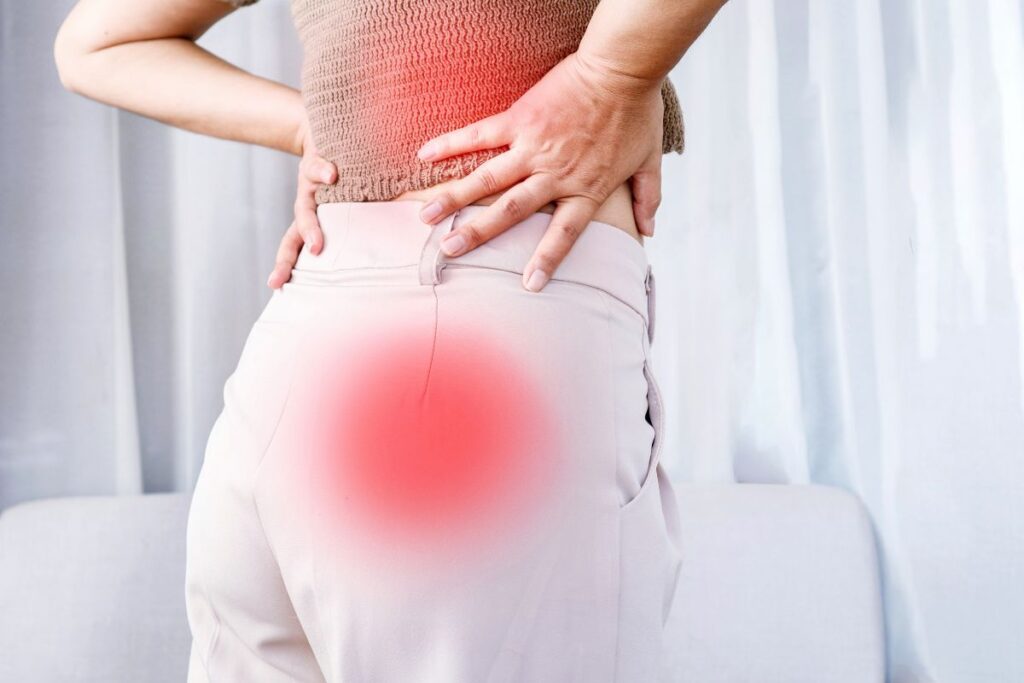While it’s one of the most prevalent complaints among adults, back pain varies. A slipped disc, also known as a lumbar disc herniation, can cause excruciating pain and problems with mobility. Effective management and recovery of this condition depend on knowledge of its causes, symptoms, and available treatments.
What is Lumbar Disc Herniation?
A lumbar disc herniation occurs when a spinal disc’s soft, gel-like centre protrudes through a tear in the more rigid exterior. This may pressure adjacent nerves, resulting in leg pain, numbness, or weakness. In India, lifestyle factors such as sedentary work environments and inadequate ergonomic practices contribute to the rising incidence of lumbar disc issues.
Symptoms:
Symptoms of lumbar disc herniation may vary, but common signs include:
● Lower Back Pain: Localized pain in the lower back that may worsen with movement or prolonged sitting.
● Sciatica: Pain that travels down the leg following the sciatic nerve’s course and is frequently characterized as a burning or sharp feeling.
● Numbness or Tingling: Nerve compression may be the cause of sensations in the foot or leg.
● Muscle Weakness: Movement may be affected if the leg or foot is difficult to move.
Causes:
● Age: Herniation is more common in older people because of disc degeneration, which happens naturally with age.
● Injury: Disc herniation may result from sudden heavy lifting or uncomfortable twisting actions.
● Repetitive Strain: Jobs that require repetitive lifting or heavy physical labour increase the risk of injury.
Treatment Options:
1. Conservative Management:
● Rest and Activity Modification: Avoiding activities that exacerbate symptoms can help reduce inflammation.
● Physical Therapy: A physical therapist might create an exercise program to increase flexibility and strengthen the back.
2. Medications:
● Pain Relievers: Over-the-counter NSAIDs can help manage pain and reduce inflammation.
● Muscle Relaxants: These are prescribed to relieve muscle spasms associated with herniation.
3. Injections:
Epidural Steroid Injections may relieve pain by reducing inflammation around the injured nerve root.
4. Surgery:
Surgical alternatives, such as discectomy (removing the herniated section of the disc), may be looked into if conventional treatments are unsuccessful and symptoms remain.
FAQs
Can lumbar disc herniation heal on its own?
Many cases improve with conservative treatment, but symptoms may take weeks to months to resolve fully.
What can I do to prevent lumbar disc herniation?
Maintaining a healthy weight, practising good posture, and exercising regularly can help you avoid disc issues.
Disclaimer:
This information is for educational purposes only and should not replace professional medical advice. Always consult your healthcare provider for personalized recommendations.
How HealthPil Can Help:
HealthPil connects you with orthopaedic specialists who can assess your back pain and recommend appropriate treatments for lumbar disc herniation. Schedule your consultation today for expert guidance!

